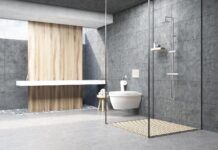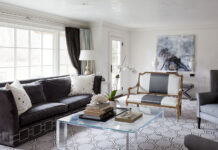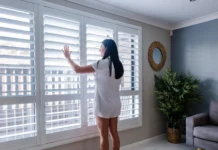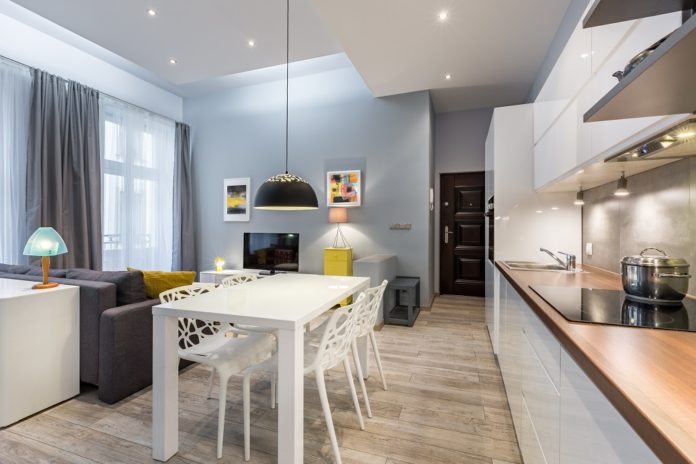
Tube lights have a broader application than any other fixture in general. LED tubes are quite a familiar lighting application around the world. These were developed specifically to replace traditional fluorescent tubes. (For different types of LED tubes visit lumenco.ca)
They are quite an upgrade and not just in terms of quality lighting but for several reasons. For any space big or small, commercial or private LED tubes are widely used in all kinds of fixtures. Most buildings require the use of LED tubes in and around as they are a cost-effective solution. There are several ways to improve building lighting with LED tubes if it’s been a while and the place needs an upgrade.
Background:

LED tubes were introduced in the early 2000s as a safe and effective replacement for fluorescent T8 tubes as their inefficiency started surfacing. LED tubes were initially manufactured as a replacement for G5 and G13 bulb bases, while the preferable diameter was T5, T8, and T12. As the technology advanced, T8 became the most common tube diameter and three types of retrofit LED tubes were introduced UL Type A, UL Type B, and UL Type C. The categorization of these retrofit designs essentially paved the road for their popularity among residential, commercial, and industrial sectors as these specifications determine the quality of lighting with safe and effective usage when they replace old fluorescent fixtures.
Consumers reported a dramatic decrease in their utility bills as well as improved quality of lighting across different places. The UL listings are a standard for a safe and effective replacement for old fixtures with or without bypassing them.
Here are a few ways in which LED tubes to improve the lighting quality whether it is inside or around a building as LED tubes operate independently as well as in older fixtures that require upgrades.
Higher lumen output
The basic and foremost expectation with any lighting application is the quality of light. The brightness of a lamp is one ample factor in deciding whether the light quality is up to the mark or not. The brightness of LEDs is measured in lumens which is brighter than the wattage that of fluorescent lamps. A normal LED tubes of the same wattage as a fluorescent tube is brighter. For example, a 50W LED tube has higher lumen output as compared to a 50w fluorescent tube.
The higher lumen output can lead to a cut-down in the number of fixtures required to achieve a certain level of illumination with the use of LED tubes.
Directional way of lighting
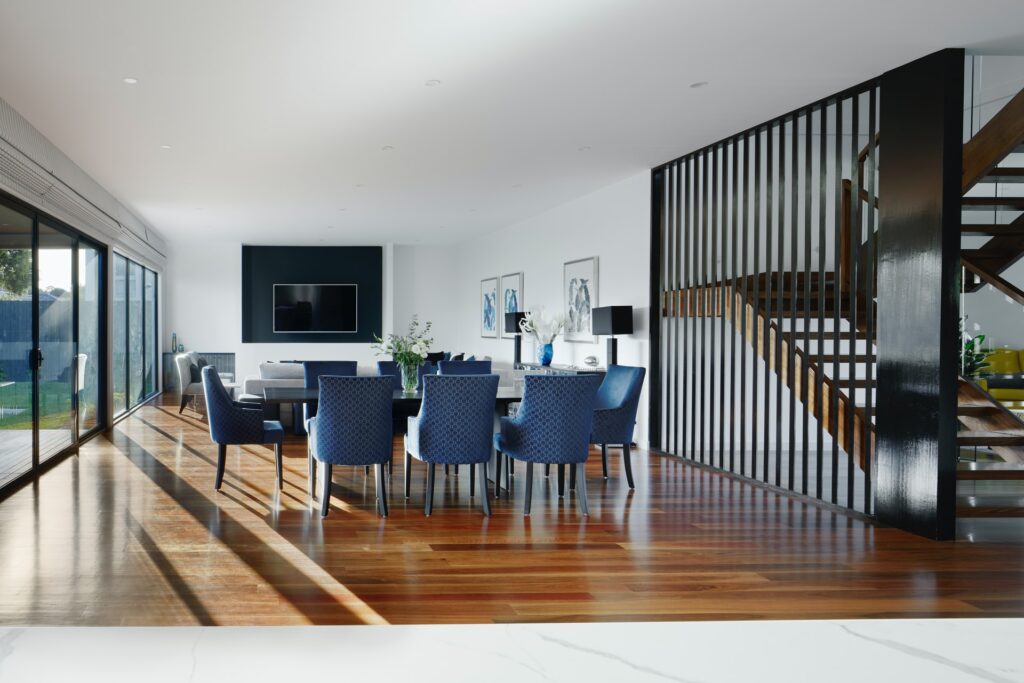
One of the biggest downsides of fluorescent lamps is that they disperse the light in surroundings, they do not have a fixed direction and in this way, a lot of light is wasted before it reaches the exact area which requires illumination. But with linear LED tubes the light is focused, and the beam angle is reserved which throws light in the required direction only saving any extra energy lost in the surroundings.
This is quite helpful in maintaining a certain layout around the building whether outdoors or indoors and achieving a sleek directional lighting outlook.
Correlated color temperature
Most fluorescent lamps work on fixed specifications, whereas LEDs allow a range of possibilities to experiment with when it comes to quality lighting. The lighting from LEDs can be adjusted according to the mood or feel of the place specified on a Kelvin scale i.e., 2500K (warm yellow) to 6000K (bright white). Around commercial buildings, there’s a specific need for brightness and visibility so the ample color temperature can be 4000K+ for bright white light, whereas in residential areas 3000-4000K is reasonable based on the dimensions of the room. More brightness is fit for open spaces and high ceiling areas while in smaller indoor spaces like cafes require softer tones which can be around 2500K to 3500K.
High CRI
This is undoubtedly the best feature of LEDs as they are manufactured keeping in mind their unconventional range of users across various industries. The usual color rendering Index is 80 which produces cool blue light and it has been a major reason behind many health issues related to eyes and headaches. LED tubes have a high and adjustable CRI which produces glare-free, ambient light that is easy on the eyes and renders original colors. Higher CRI works wonders across buildings both indoors and outdoors exhibiting original colors of the surroundings or objects in a task area.
Energy Efficiency
To set a layout for any building it is essential to consider what kind of lighting you’re trying to achieve and whether it is sustainable for a certain period. LED tubes are available under retrofit designs to replace old outdated fluorescent fixtures, they can be installed while utilizing minimal labor and cost. Furthermore, they have longer lifespans, consume a fraction of energy to produce light, and barely waste energy as heat in the surroundings.
According to surveys, it is established that LED tubes are 80% more efficient than most traditional light sources like fluorescent and incandescent lamps. It can be seen due to the fact that they produce less heat and have a directional way of lighting, whereas other lamps consume more energy i.e 70% for producing heat which is lost in the surroundings and add up to rise in temperature in the surroundings while LEDs with efficient heat dissipation system consume less energy produce more light and reduce cooling costs of the environment they are installed in.
Toxins free
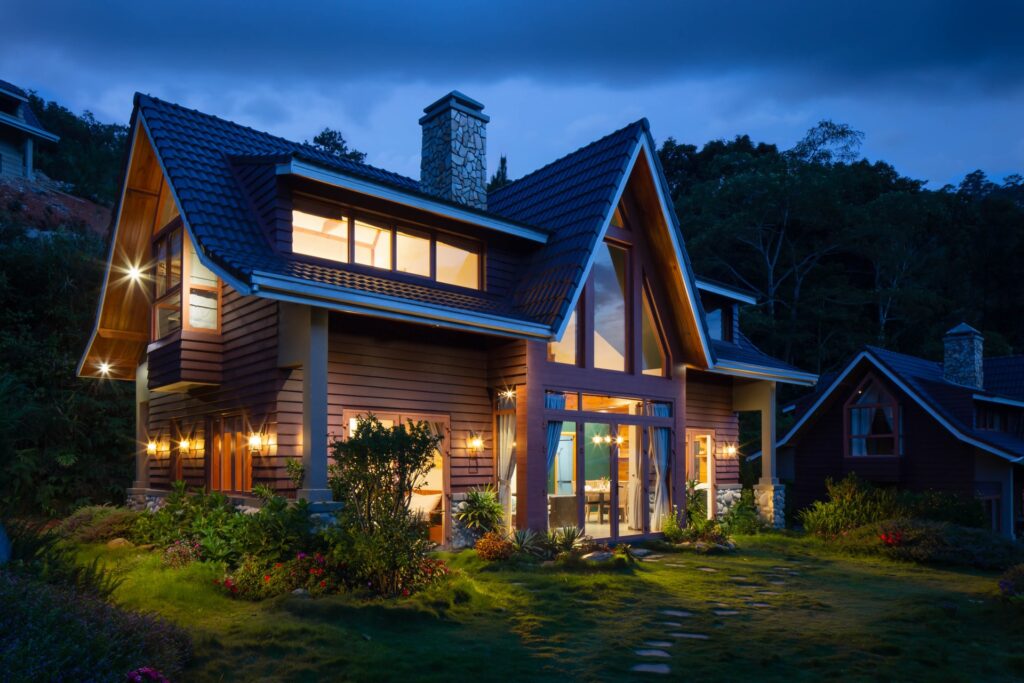
LEDs do not contain any harmful chemical like mercury so they are safer both for lighting and recycling as they do not release mercury in the surroundings on breakage accidental or at disposal.
Conclusively, LED tubes are the way forward as they are quite cost-effective and sustainable in the long run for larger projects or general lighting around the building. What may seem initially costly can serve well in the long run due to these reasons and they are an excellent redeeming choice when it comes to improving building lighting at minimal costs?

